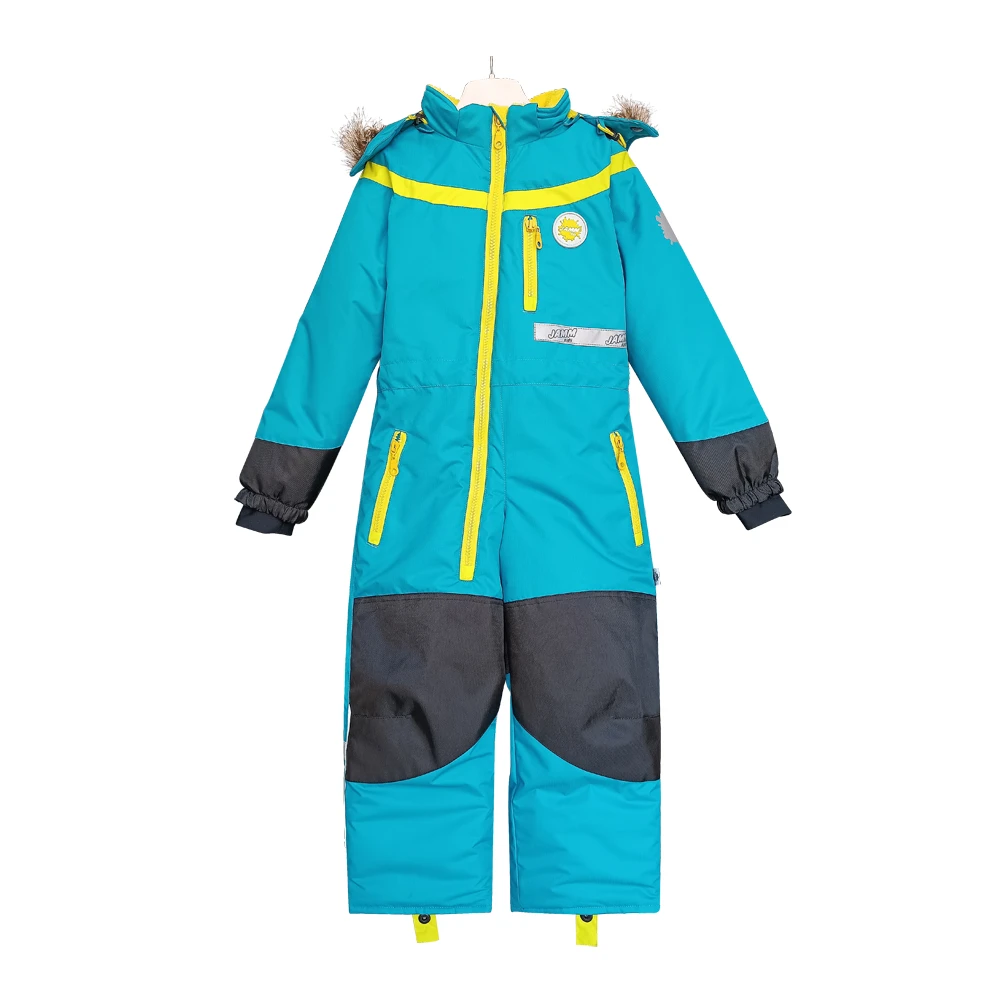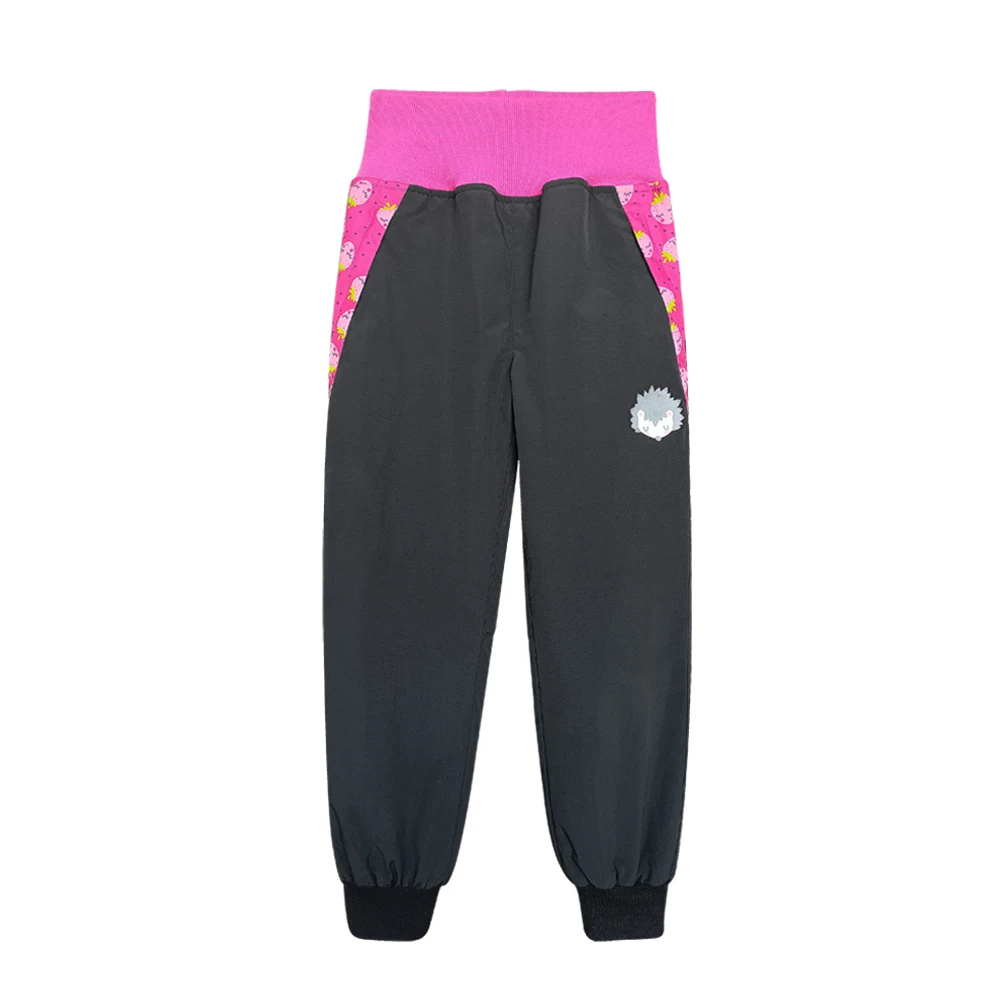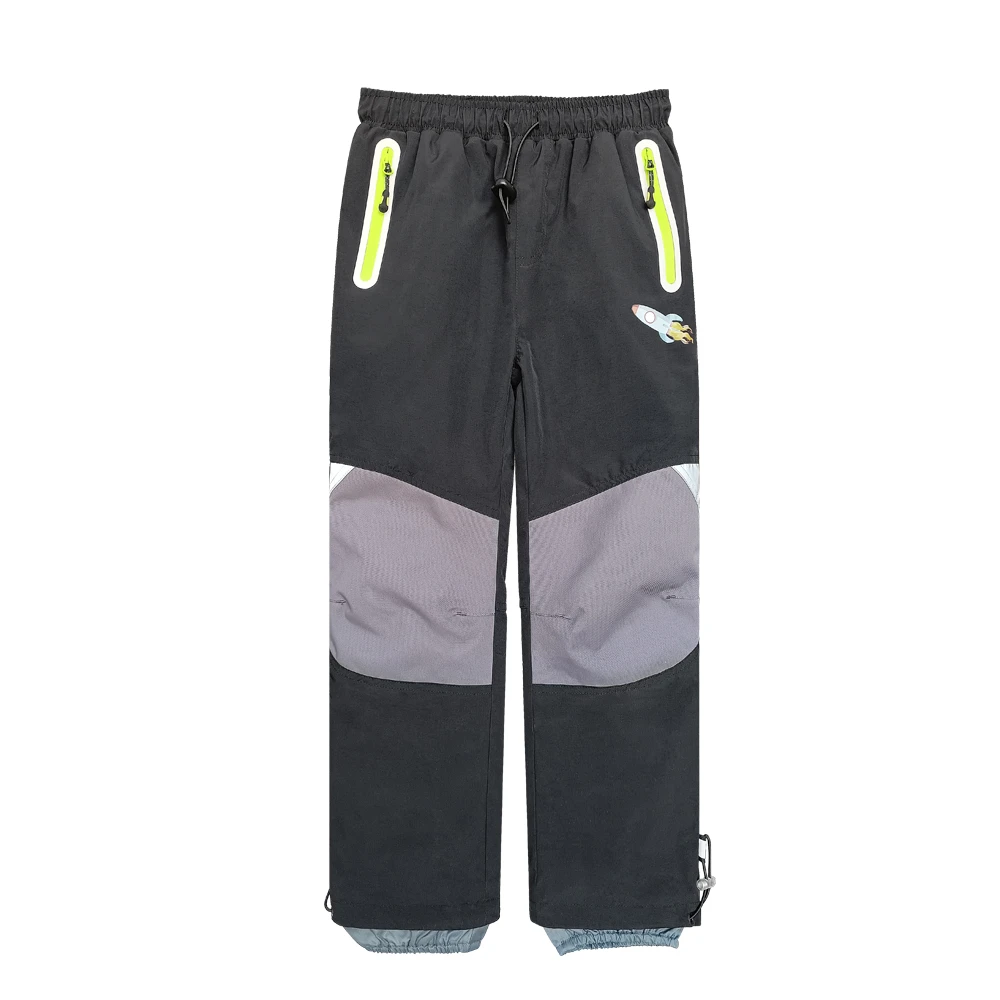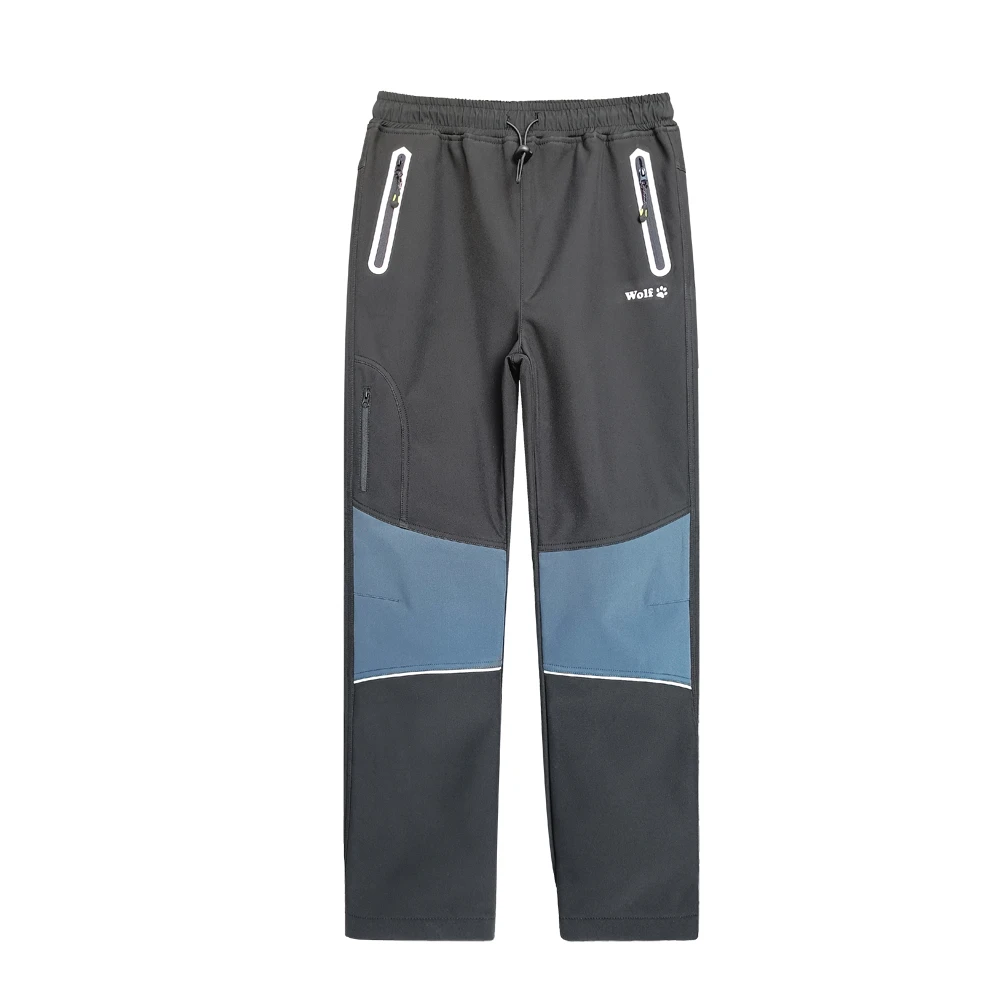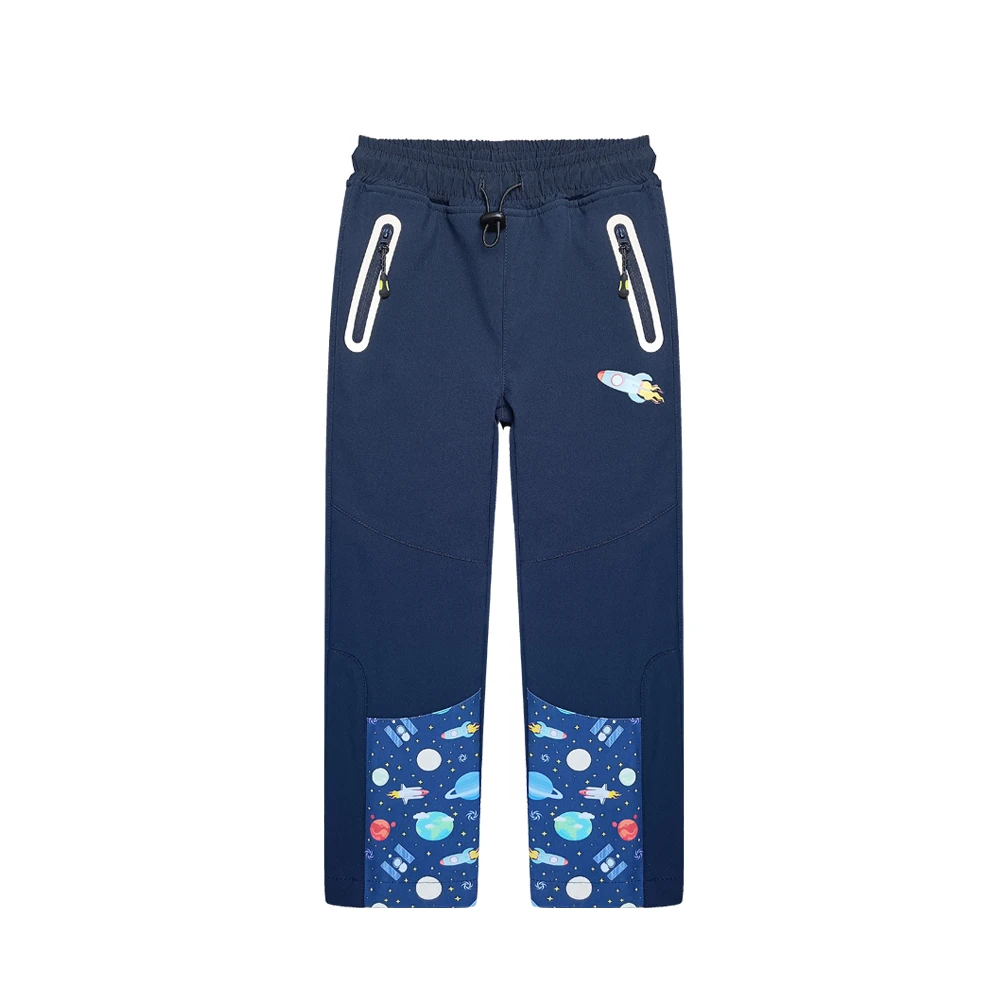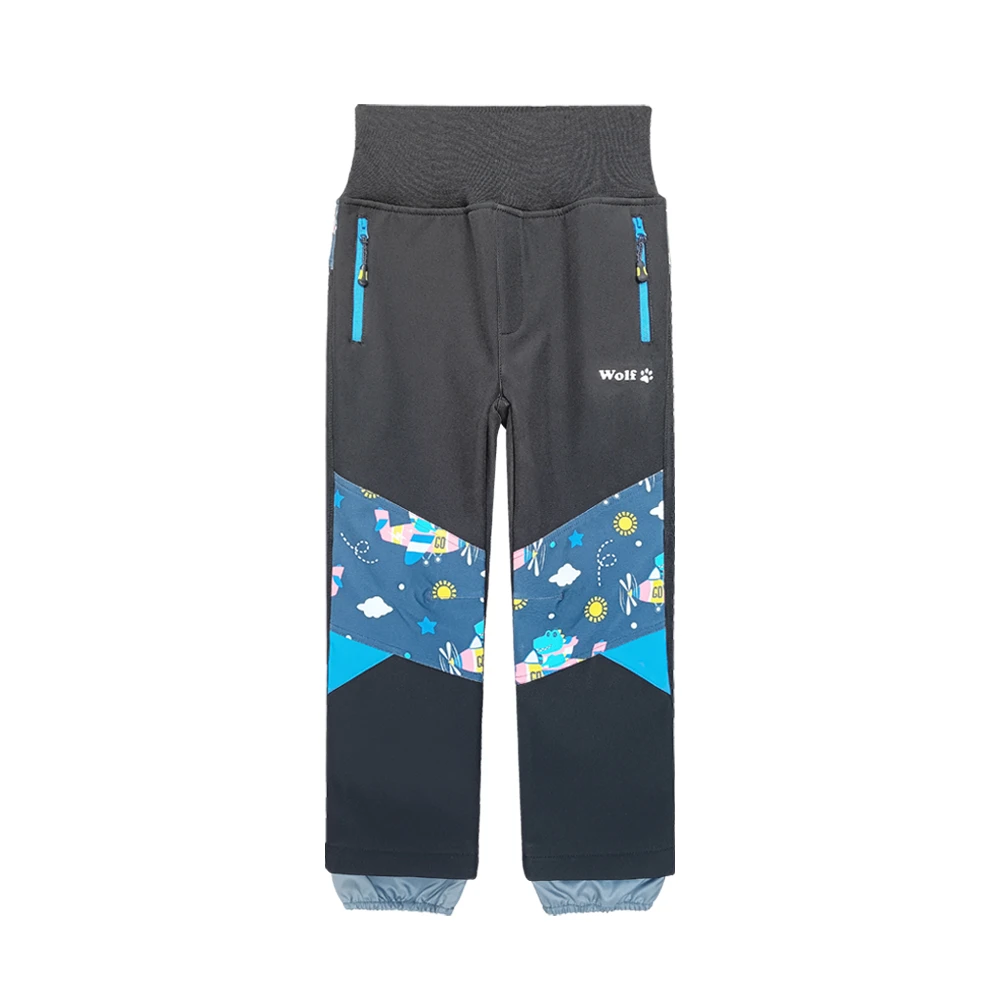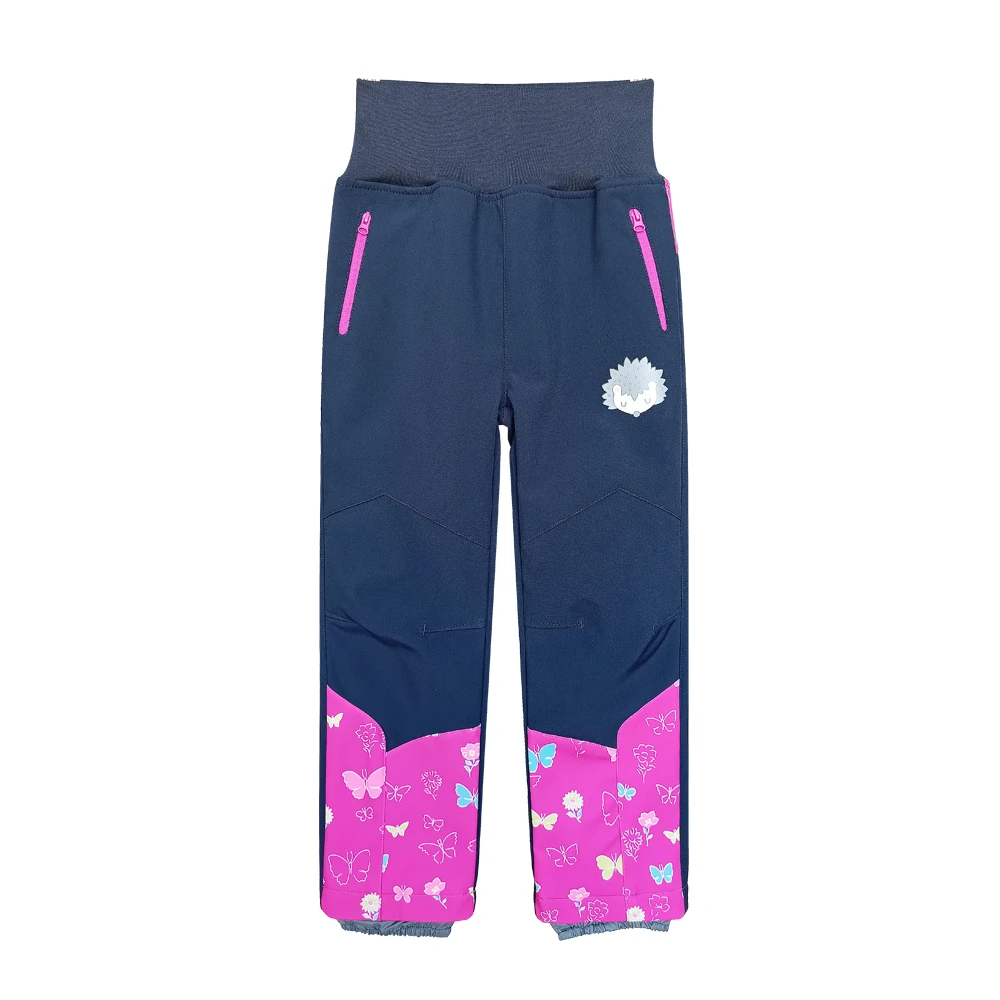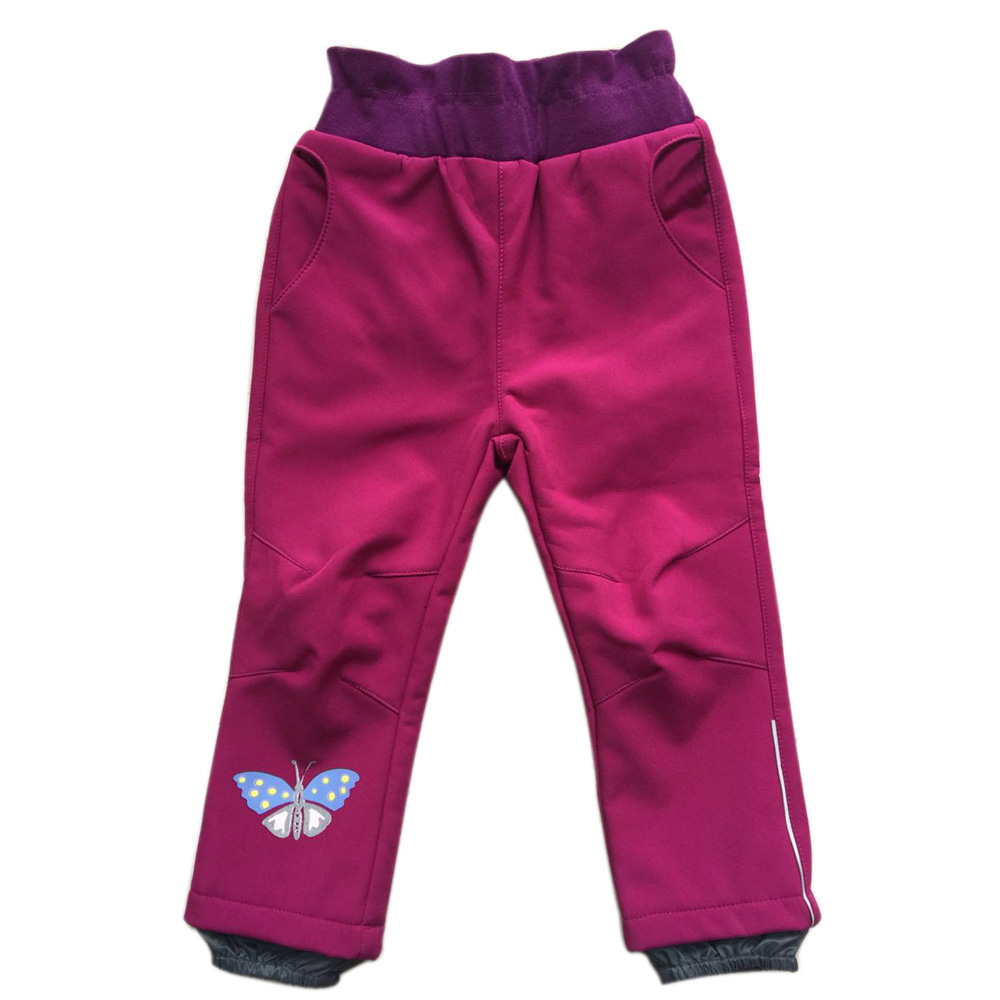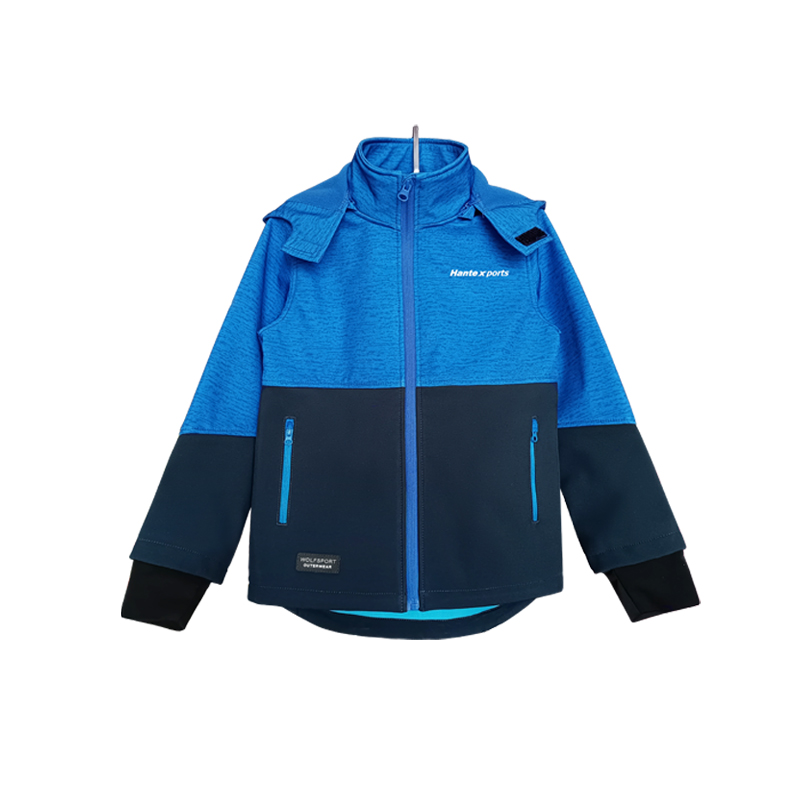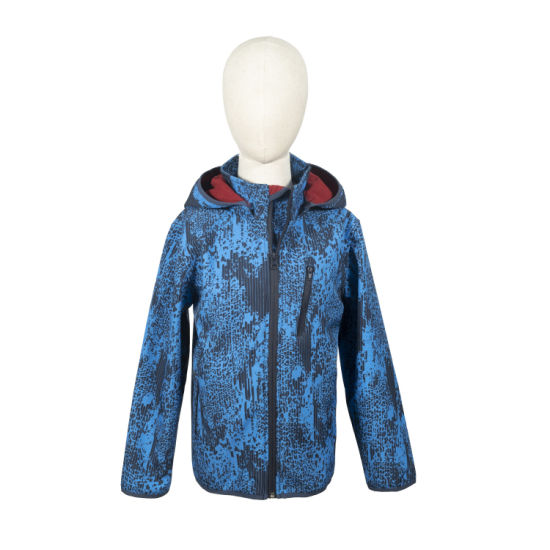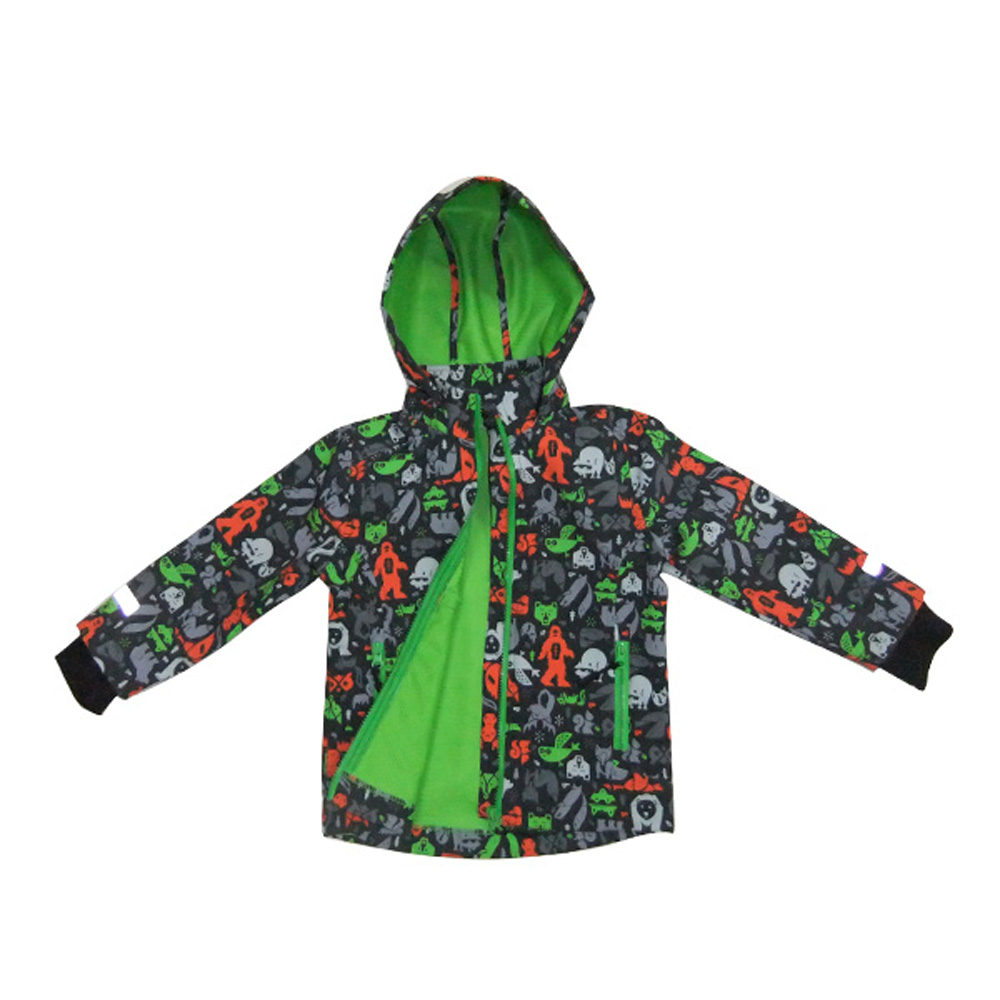Field Notes on a Jacket That Actually Works in Winter
I’ve been covering outdoor apparel long enough to know the difference between marketing fluff and fabric that earns its keep. The Girl Winter Waterproof Soft Shell Jacket falls in the latter camp—especially for school runs in sleet, sledding days, and those unpredictable, sideways-snow afternoons.

What’s inside the build
Item NO. KJ-23w19-4 uses a 3-layer bonded construction: 94% polyester + 6% elastane face for durability and stretch; a TPU membrane at the core for waterproofing and windproofing; and a cozy 100% polyester polar fleece backer. To be honest, that combo is why many customers say this jacket cleans easier than puffers and still keeps kids warm when the wind kicks up.
| Waterproof rating | 10,000 mm (ISO 811) ≈ storm-ready for daily use |
| Breathability | ≈3,000 g/m²/24h (JIS L 1099/ASTM E96 equivalent; real-world use may vary) |
| Fabric weight | 270–350 gsm (3-layer bonded) |
| Sizes | #98–104, #110–116, #122–128 |
| Origin | No.173, Shuiyuan Str., Shijiazhuang, China |

Trends and where this jacket fits
Parents want fewer wardrobe pieces that do more: weather protection without bulk, and (increasingly) PFC-free finishes. This soft shell approach hits the sweet spot—stretchy enough for playground gymnastics, tough enough for slushy commutes, and warm with just a fleece mid-layer. Actually, that’s why soft shells are winning shelf space over traditional rain-and-puffer combos.
Typical use cases
- School runs and bus stops in wet snow
- Weekend hikes, sledding hills, city parks
- Travel jacket for light packers (one jacket, many climates)

Process, testing, and service life
Materials are cut and bonded in a 3-layer lamination; panels are stitched with attention to high-mobility zones. Key validation includes hydrostatic head (ISO 811), moisture vapor tests (JIS L 1099/ASTM E96), seam strength (ASTM D1683), pilling (ISO 12945-2), colorfastness (AATCC 61), and chemical compliance under REACH. Certifications commonly requested: OEKO-TEX Standard 100 for fabrics and EN 14682 for kids’ garment safety on cords and toggles.
Service life: fabric performance ≈ 50–80 wash cycles with periodic DWR reproofing; practically, a child might outgrow it in 1–2 seasons while the jacket itself is good for hand-me-downs.
Vendor comparison at a glance
| Criteria | Girl Winter Waterproof Soft Shell Jacket (KJ-23w19-4) | Mass-market Brand | Boutique Alpine Brand |
|---|---|---|---|
| Waterproofing | 10,000 mm | 5,000–8,000 mm | 10,000–15,000 mm |
| Breathability | ≈3,000 g/m²/24h | ≈2,000 g/m²/24h | 3,000–5,000 g/m²/24h |
| Customization | Colors, logos, reflective trims | Limited | Available, higher MOQ |
| Certs (typical) | OEKO-TEX, REACH-ready | Basic | Extensive |
Customization and ordering
For wholesale, options may include colorways, branded heat transfers, reflective piping, and carton labeling. Lead times hinge on fabric dyeing and lab dips—plan 30–45 days for production after approvals. MOQ tends to be reasonable compared to premium alpine labels, which is, frankly, why many school distributors test this model first.
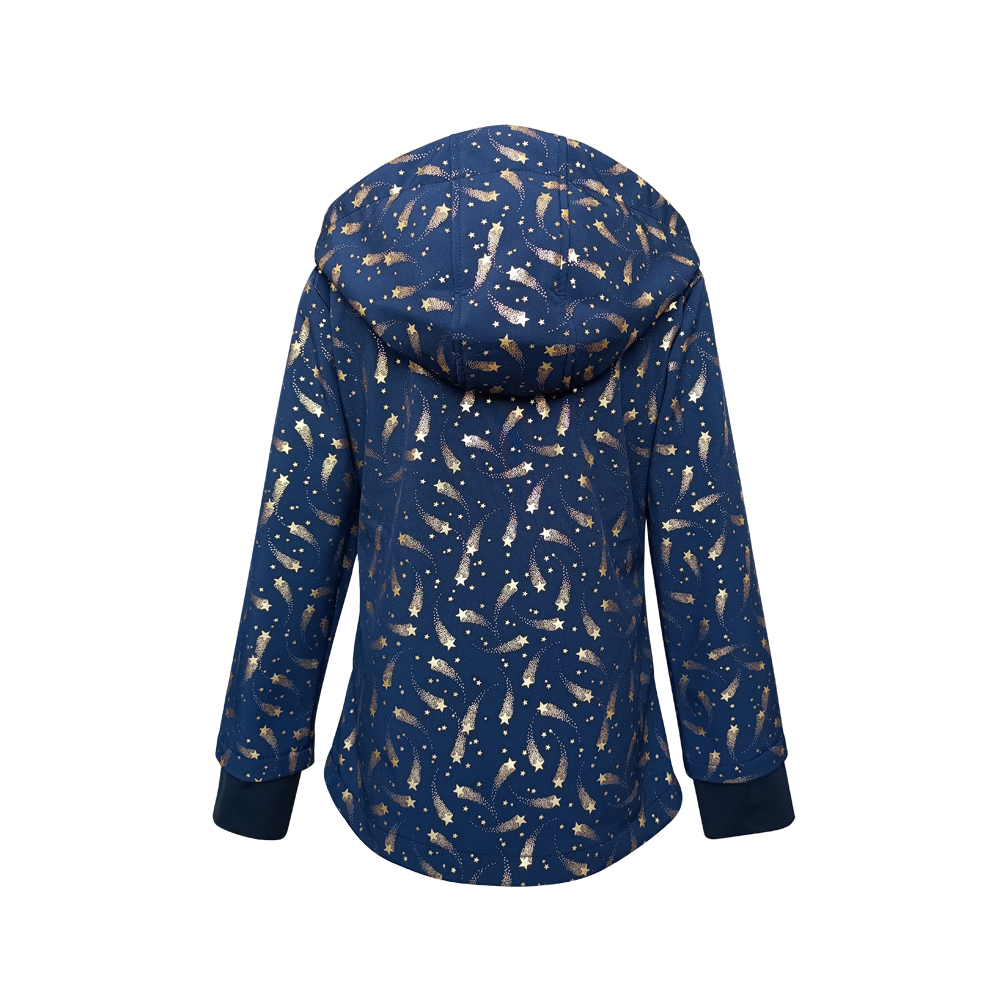
Quick cases from the field
Case 1 (Nordic schools): A regional distributor switched to the Girl Winter Waterproof Soft Shell Jacket for 500 units. Parent feedback cited “less overheating” and “easier wash care,” and service calls on wet-through dropped ≈30% during shoulder months.
Case 2 (US camp program): Small-batch order with reflective logos saw improved kid visibility at dusk; staff noted faster drying times vs. insulated jackets after wet play.
References
- ISO 811: Textile fabrics — Determination of resistance to water penetration — Hydrostatic pressure test.
- JIS L 1099 / ASTM E96: Methods for determination of water vapor transmission rate.
- EN 14682: Safety of children’s clothing — Cords and drawstrings on children’s clothing.
- OEKO-TEX Standard 100 — Product class testing for harmful substances.
